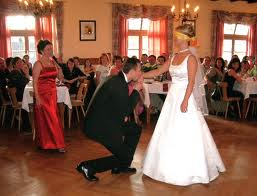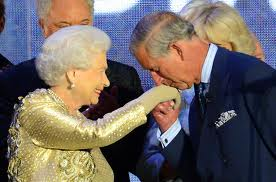Eyes or ears?
In western countries it is very popular and of course useful to look at somebody to get an impression of his body-language, nonverbal behaviour and his state of feeling. It is important to get an impression of that what is not put into words or verbal expression. This eye-approach is quite typical for western country. So the visual part of communication is activated and vitalized and a necessary competence for communication.
Of course people in China …………..
Read More






